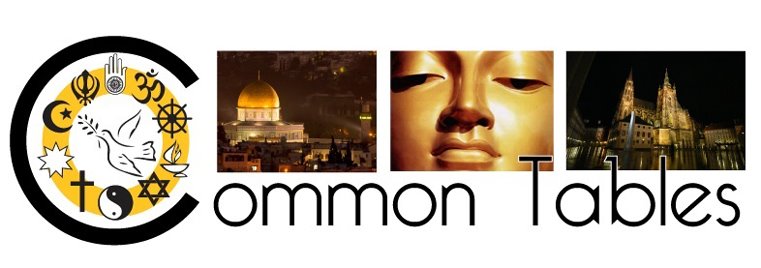In January we presented Stephen Simon's (
Spiritual Cinema Circle)
Favorite Films of 2007. Following last night's Academy Awards, it seems appropriate this morning to post the
"message for both the mainstream film industry and its film critics" with which he introduced his picks for 2007. As many of you know, we are HUGE fans of the
Spiritual Cinema Circle and of Stephen Simon, so it should come as no surprise that we find his words worth repeating:
THE MOVIE MYSTIC
BY
STEPHEN SIMON
MY FAVORITE FILMS OF 2007
Before we look at my favorite films from 2007, I have a message for both the mainstream film industry and its film critics: You have both lost all connection with film audiences.
Hollywood has seemingly decided that “quality” now equates with dark, violent, and depressing; consequently, 2007 was one of the bleakest years ever for film distribution. To make matters worse, and to illustrate anew the fable of the emperor’s new clothes, film critics have fallen into lockstep with film distributors. As I write this column on January 1, 2008, the film that has garnered almost every film critic group’s nod as the best film of 2007 is NO COUNTRY FOR OLD MEN, which centers around one of the nastiest, most vicious, and soulless serial killers ever depicted on screen. In the first ten minutes of the film, a man is graphically strangled while the killer looks positively orgasmic and then another innocent man is cold-bloodedly shot between the eyes. And then it gets worse…much worse. Nevertheless, the film critic for the Portland Oregonian said this about the film: “exact, spare, bloody, dark, and unrelenting, it’s superb.”
Excuse me?
While I respect every one’s right to say whatever they believe, I also reserve the right to ask, “What are you folks smoking”? “Best film” means the one film every year that is represented to the rest of the world as the premier achievement in the American film industry. Focusing on the craft itself is fine for categories like sound editing, costume design, or cinematography, but, when you’re talking about the “best film”, content itself should be of paramount importance.
For studios and critics, “superb” and “bloody, dark, and unrelenting” may belong in the same sentence but, fortunately, we in the audience don’t agree. The fall season of 2007 produced the weakest box office results for that period of time in the last ten years. The film industry is quite literally awash in red ink. According to a November 26, 2007 article in Video Business Weekly, the film industry lost a staggering six billion dollars in 2006.
In short, the business model of the film industry is broken. Creatively, it’s even worse. The chasm between the insular, dark, violent, and cynical tastes of most studios and film critics and the desire of audiences to have other choices is now deeper than the Grand Canyon.
I also think it would be wonderful, and more honest, if the Academy (of which I am a member) changed the characterization of awards from “best” to “favorite”. Factors such as both the film’s and the individual’s overall popularity always factor into Academy voting anyway, whether members want to admit it or not. Using “best” in regards to the art form of film is not only unfair to all concerned but also simply impossible to gauge. I have no idea what “best” means in films.
My own list of favorite films of 2007 consists of films that personally moved me, inspired me, and made me feel better about being human. When we post these choices on the message boards for subscribers to the Spiritual Cinema Circle, I’m sure our community will share some passionate opinions and disagreements of their own. That’s the fun of it. Let the discussions begin."

